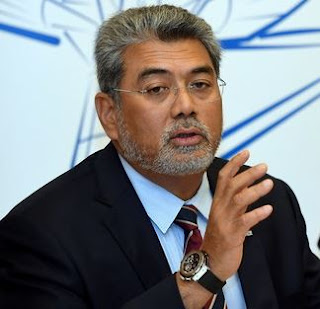 |
| Penang International Airport |
GEORGE TOWN: The Penang International Airport (LTAPP) upgrading and expansion works in Bayan Lepas, near here, is expected to begin at the end of this year, Transport Minister Datuk Seri Liow Tiong Lai said.
He said currently Malaysia Airport Holdings Bhd (MAHB) had submitted an open tender for design specification for LTAPP expansion and after the design specification was completed, an open tender for the project contract would be made in the middle of this year.
"All the processes will be implemented this year as well. In addition to waiting for terminal expansion and aero-bridge additions and others this year, MAHB will also invest about RM35 million in optimising the use of existing terminals, namely, expansion of space and so on.
"Now (LTAPP) is congested and we can not wait another two years for LTAPP enlargement, we will not stop by just waiting for the new terminal, we will continue to upgrade the toilets, parking lots and so on to provide passenger comfort in LTAPP, " he told a press conference after attending the MCA Penang Chinese New Year Open House, here today.
He said LTAPP expansion would involve the addition of register counters from 61 counters to 96 counters, building a 1,000-capacity multi-storey car parks and aircraft parking bays from 16 to 31 as well as construction of a Mitsui Outlet.
"We believe the LTAPP expansion can accommodate up to 12 million passengers at a time and it is estimated that it will be able to accommodate passenger increase rates each year up to 2028
"Last year, the passenger increase was 8.5 per cent and we are confident it will continue to grow. We hope the expansion of this airport will help further the development of Penang and the whole country," he said.
Meanwhile, Liow said the development and expansion of the Swettenham Jetty, here is expected to begin in August to attract more cruise ships.
Source: Bernama | 24 February 2018
